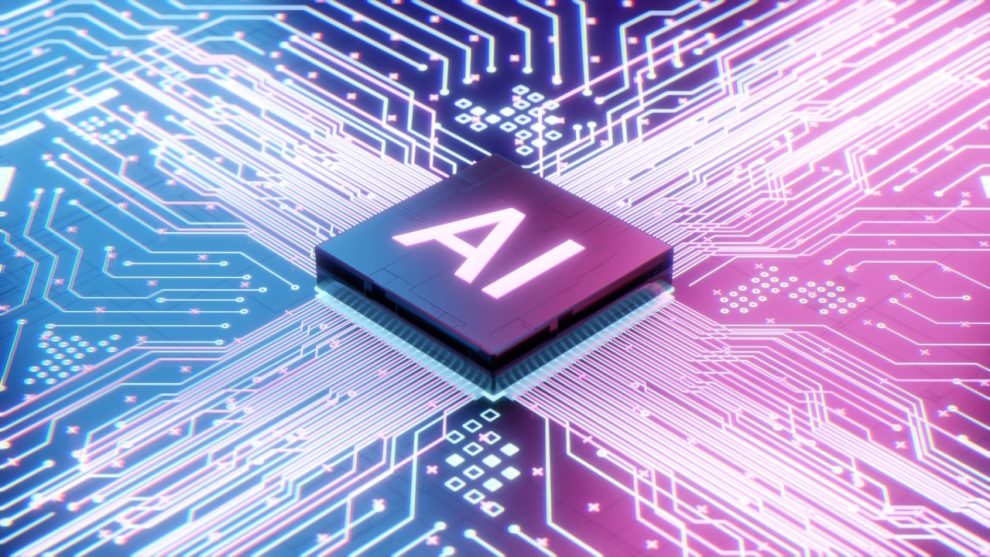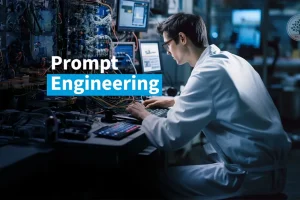Computing technology has advanced tremendously over the past decades, but we’ve only just scratched the surface of what’s possible. Artificial intelligence, in particular, is incredibly computationally demanding. To fully unlock the potential of AI, we need a new class of hardware built specifically for these workloads – enter AI chips.
Why Do We Need Specialized AI Chips?
AI algorithms like deep neural networks are extremely complex mathematical models with billions of parameters. Training and running these models requires intense parallel processing across vast datasets. General-purpose CPUs and GPUs struggle to keep up.
At the same time, AI is moving beyond data centers into edge devices like smartphones, cameras and IoT gadgets. This demands greater efficiency packed into a tiny form factor. Legacy computer architectures just won’t cut it for future AI applications.
The Key Benefits of AI Chips
AI chips provide game-changing improvements in:
- Speed: Some AI chips deliver up to 10-100x faster performance over CPUs/GPUs for deep learning workloads.
- Efficiency: Specialized architectures mean higher FLOPS per watt. Lower power consumption is crucial for edge devices.
- Scale: Massive parallelism allows AI chips to train extremely complex and deep neural networks.
- Size: A smaller silicon footprint enables edge-based AI applications.
Leading Innovators in the AI Chip Space
Many players are competing in this exploding market. Here are some of the prominent names:
Nvidia

The GPU giant has established an early lead with its A100 and H100 Tensor Core GPUs. These chips feature specialized tensor cores optimized for matrix arithmetic, which form the foundation of deep learning computations. Nvidia GPUs now power many top supercomputers running AI workloads.
Google’s homegrown Tensor Processing Units (TPUs) drive many of its popular services, including Search, Maps and Gmail. The latest 4th gen TPUs are tightly tailored for TensorFlow and provide up to 1 exaFLOPS of power. Google recently unveiled its new language model PaLM powered by 2048 TPU v4 chips.
Intel
Once synonymous with CPUs, Intel isn’t resting on its laurels. Its Nervana accelerator line offers impressive performance for training and inference workloads. Intel is also gearing up for a major product launch later this year with its energy-efficient Ponte Vecchio GPU built on the Xe architecture.
Startup Innovators
Exciting startups are also disrupting the space. UK-based Graphcore builds innovative Colossus IPU (Intelligence Processing Unit) chips optimized for today’s AI techniques using a massively parallel architecture. Meanwhile, Silicon Valley startup SambaNova develops solutions tailored to natural language processing and computer vision.
Key Architectural Innovations in AI Chips
What sets these next-gen AI chips apart? Here are some of their key innovations:
Specialized Compute
Unlike general-purpose hardware, AI chips contain dedicated circuitry for workloads like sparse linear algebra and tensor operations – the bread and butter of machine learning. This specialized design makes them incredibly efficient at tasks like matrix multiplication.
On-Chip Memory
Moving data between the processor and external memory can slow things down tremendously. Many AI chips integrate high-bandwidth memory like HBM2 directly on the silicon die. This massively boosts bandwidth and reduces latency for better performance.
Interconnects
Flexible interconnect fabrics allow the shuttling of data between individual processing cores at rapid speeds. This enables different parts of a model to be trained in parallel across multiple chiplets/dies.
Sparse Acceleration
Most real-world data is sparse with lots of zeros. Dedicated sparse compute units help dramatically improve efficiency and performance when running deep learning models on such sparse data.
Future Applications Powered by AI Chips
AI chip innovation won’t just accelerate technology itself but also drive breakthroughs across sectors like:
Self-Driving Cars
Autonomous vehicles need to make ultra-fast decisions based on real-time data. Specialized AI chips called AI accelerators will provide the speed and low latency required for safe navigation and object detection in fast-moving cars.
Healthcare
From personalized medicine to computational drug discovery, healthcare stands to benefit tremendously from AI. Cutting-edge AI chips will enable the analysis of genomic datasets, high-resolution medical imaging data and neural time series data driving this transformation.
Scientific Research
AI is a pivotal tool for tackling some of science’s greatest challenges, from climate change to particle physics. Already AI chips help power many supercomputers running sophisticated simulations and experiments.
Cloud Computing
Hyperscale cloud providers like AWS, Azure and Google Cloud are investing heavily in AI chips to train extremely large AI models. These chips will eventually trickle down to benefit businesses via cloud-based AI services.
The Road Ahead for AI Chips
AI chip innovation is still in early stages, and there are even more exciting developments ahead:
Neuromorphic Designs
Neuromorphic chips aim to mimic the behavior of the human brain’s network of neurons. While challenging to perfect, this neuro-inspired approach promises to achieve new heights in energy efficiency and performance for select applications.
Quantum Computing
Quantum computing leverages exotic phenomena like superposition and entanglement to tackle problems considered intractable for classical systems. Major progress is being made, and someday in the future, quantum AI chips could take machine learning to unprecedented levels.
New Materials
The use of novel materials like Gallium Nitrite (GaN) and graphene may facilitate smaller, faster and more power-efficient designs. 3D stacking of dies using advanced packaging methods also unlocks greater scalability.
The Ethical Imperative
As AI chips grow exponentially more powerful, developers must address pressing issues like bias in algorithms, data privacy, transparency and job displacement. Responsible innovation isn’t just a buzzword but an ethical obligation for the pioneers in this field.
Computing sits at the heart of technological progress, and specialized AI chips represent the next giant leap. With so many brilliant minds and companies pushing the limits of what’s possible, the future looks incredibly exciting!
















Add Comment